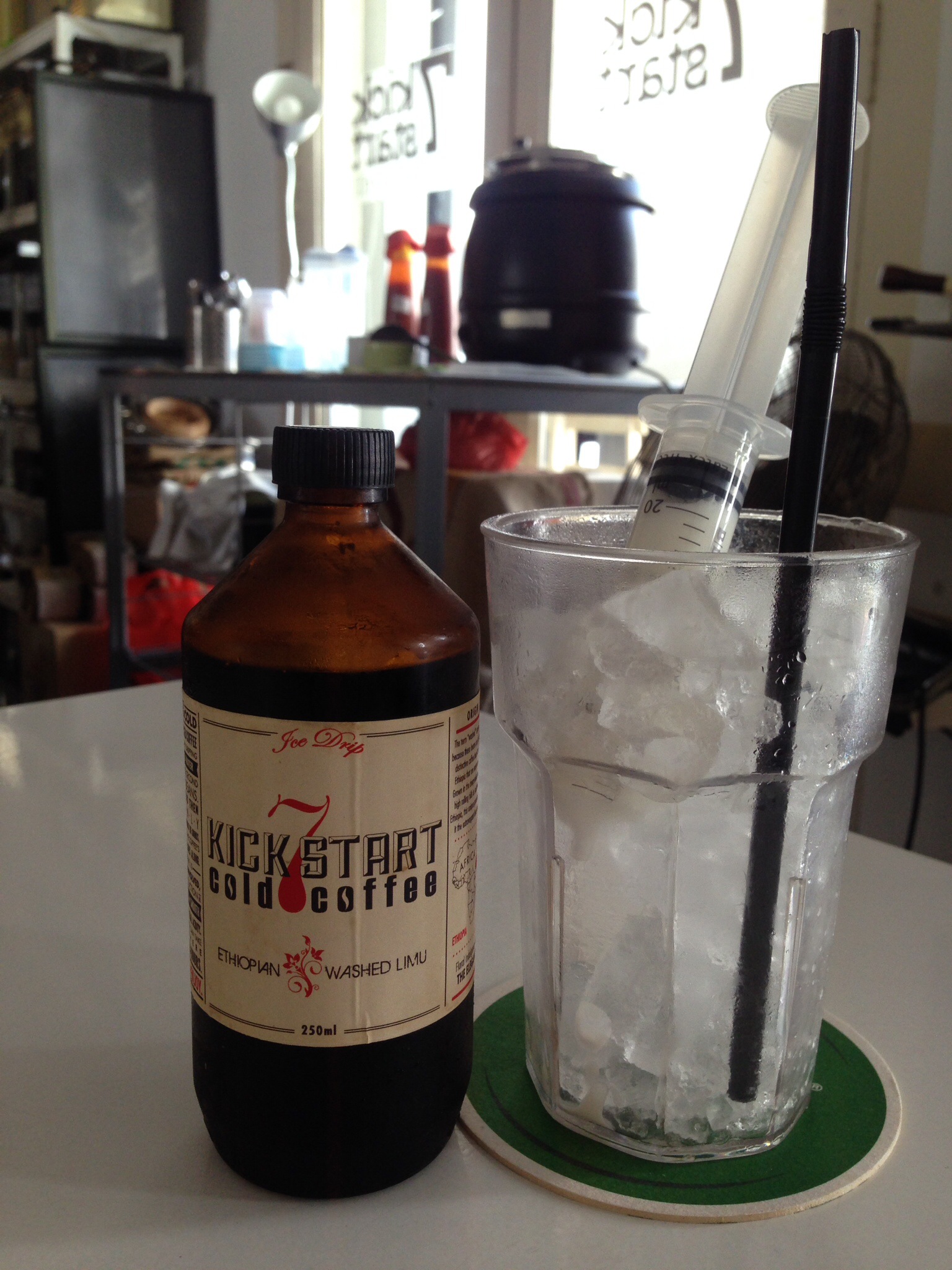In this current climate with social distancing and advice to stay home due to COVID-19, people are doing different things to pass the time.
I decided to make a cup of tea. Well, flower tea to be exact. And I decided to try it the sous vide way, just to see how it would turn out. I did not compare this sous vide tea with those that are boiled over the stove for 30 minutes though. I decided to make it the sous vide way because I did not want to ‘burn’ the ingredients by boiling the water to 100C.
The quickest way to make this is here. I linked this video because it was the easiest to make. There are other videos where the ingredients are boiled for 30 minutes.
This sous vide way was what I attempted. The ingredients used are similar, depending on where you live.

I had tried this combination at a restaurant and found it delightful. However, I wanted to drink more of it and decided to make it myself. So here is my attempt. This tea is made up of baby chrysanthemum, dried gojiberries and dried longan. For those who are familiar with the Chinese concept of ‘heatiness’ and ‘cooling’, chrysanthemum and gojiberries are normal in that they are neither heaty nor cooling. However, longans are a tad heaty so if you are a person who cannot stand hot weather or heat, take less of these. A person with a ‘cool’ base can generally tolerate hot weather a bit better than someone with a ‘heaty’ base and vice-versa.



According to the lady at the shop where I had bought my ingredients from, these gojiberries were a better variety and they were larger. The dried longans are from Thailand and after boiling them, they can also be eaten if there is still any taste left in them. There wasn’t much taste left in mine after two rounds of sous vide but I still ate them.



Ingredients:
I used the following amount of ingredients:
Gojiberries – 1 1/2 tablespoon
Chrysanthemum – 1 1/2 tablespoon
Dried longan – 15-16 pieces
The above were for six cups of water, with another six cups on standby as I wanted to sous vide the ingredients twice.





I decided on 70C for the flowers and gojiberries because I thought that they were more delicate and therefore did not require too high a temperature to bring out their flavours. The longans were sous vide at 85C as they seemed like more hardy ingredients. I have no idea if I am right. I am just basing this on what I had read about temperatures for making teas.

The tea was a little weak. But it was still nice and had antioxidant goodness from the gojiberries. I will add more chrysanthemum flowers the next time. Some people add rock sugar to their tea for greater sweetness. The taste from the chrysanthemum needs to be a tad stronger but I do not need the extra sweetness from rock sugar.
Would I sous vide again? I may not differentiate the temperatures the next time. I liked the sous vide way because I feel like I am not overboiling the ingredients at 100C. But folks without sous vide equipment can make a nice cup of tea just the same. I wanted something to put my mind to while manoeuvring this period of social distancing without resorting to counting rice grains!
Enjoy your cuppa!
Update:
I was hankering for a hot drink and didn’t want anything caffeinated. Then I remembered my tea. Scooping a teaspoon of gojiberries and some longans into a teapot, I poured hot water into it and allowed it to steep for 30 minutes. The pot was sufficient for only two cups.


Tada! Tea is served! I poured in more hot water into the little pot while I savoured this!
Ahhh! Life has meaning after all!
















 The coffee residue was very fine and when accumulated at the bottom of the paper filter, it slowed down the flow of coffee considerably.
The coffee residue was very fine and when accumulated at the bottom of the paper filter, it slowed down the flow of coffee considerably.























